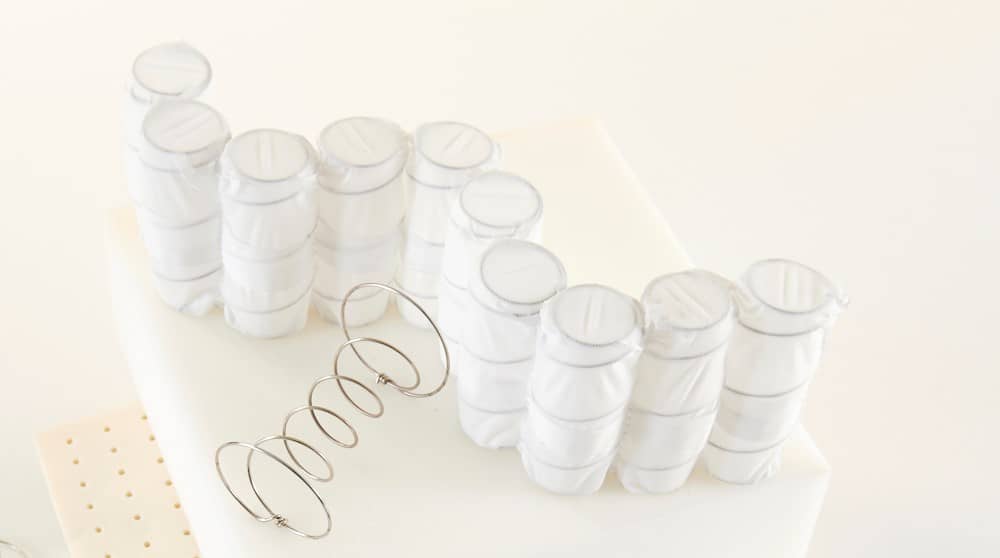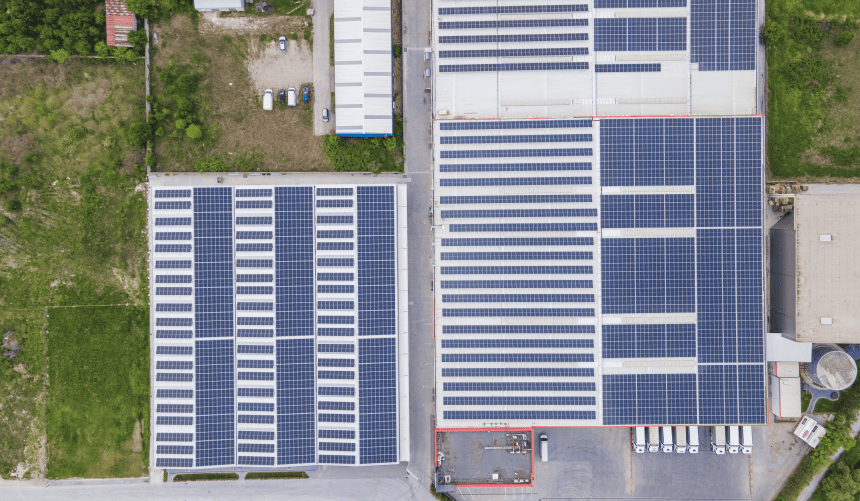The huge variety of products on the market makes it even more difficult for consumers to choose, but we can still highlight two of the most popular options: spring mattresses and memory foam mattresses. In today’s article, we’ll explain their composition and construction, the key differences between them, as well as their most notable advantages and disadvantages.

Advantages and Disadvantages of Spring Mattresses
Spring mattresses are made up of numerous steel or metal coils wrapped in layers of soft material for extra comfort. There are four main types of spring constructions, each offering different levels of firmness and body support:
- Bonnell springs
- Pocket springs
- Continuous coils
- Offset coils
Invented in 1871 by German Heinrich Westphal, spring mattress technology has undergone numerous improvements since the 19th century. They remain popular due to their variety and competitive pricing. Spring mattresses are generally firmer than foam ones due to the flexibility of the springs and their ability to bounce back. They provide more stable support, especially for people with higher body weight. However, they don’t conform as well to body curves, which can result in stiffness or restless sleep.
| Advantages | Disadvantages |
| Wide range of firmness options | Body weight is not distributed evenly |
| Budget-friendly options | Do not conform well to body contours |
| Improved airflow for better ventilation and temperature regulation | Motion transfer may disturb your partner |
| Springs provide elasticity and prevent "sinking" | Springs may wear out over time and start to squeak |
| Better support for heavier individuals | More pressure on joints |
| Unaffected by sudden temperature changes | May deform faster |
| Easy to clean and maintain | Lifespan of 5–10 years |

Strengths and Weaknesses of Memory Foam Mattresses
Memory foam was originally developed by NASA in the 1970s and became available to the public in 1991. Initially used in hospitals for its pressure-relieving properties, it quickly became the most popular sleep technology on the market.
Made from a polyurethane-like material enhanced with additives for increased density and viscosity, memory foam is unmatched in comfort and pressure relief. It adapts perfectly to the body’s curves thanks to its ability to "remember" your shape a few seconds after indentation. There are three main types of memory foam:
- Traditional memory foam
- Open-cell memory foam – with tiny air channels for better airflow
- Gel memory foam – with cooling gel beads embedded
| Advantages | Disadvantages |
| Even distribution of body weight and targeted support | Significantly higher price |
| No motion or vibration transfer | Some models retain heat, causing discomfo |









